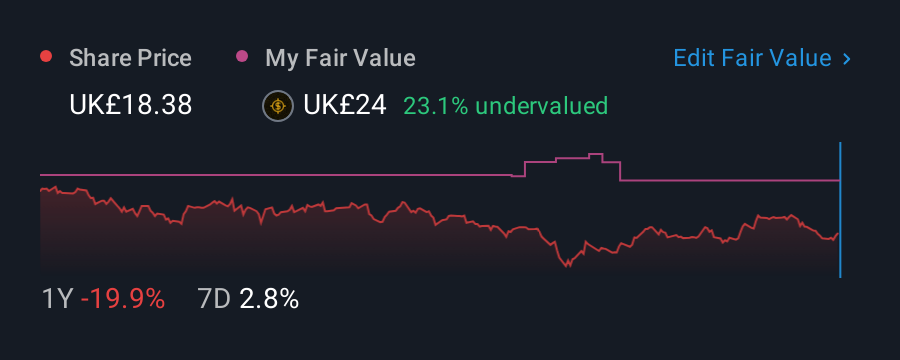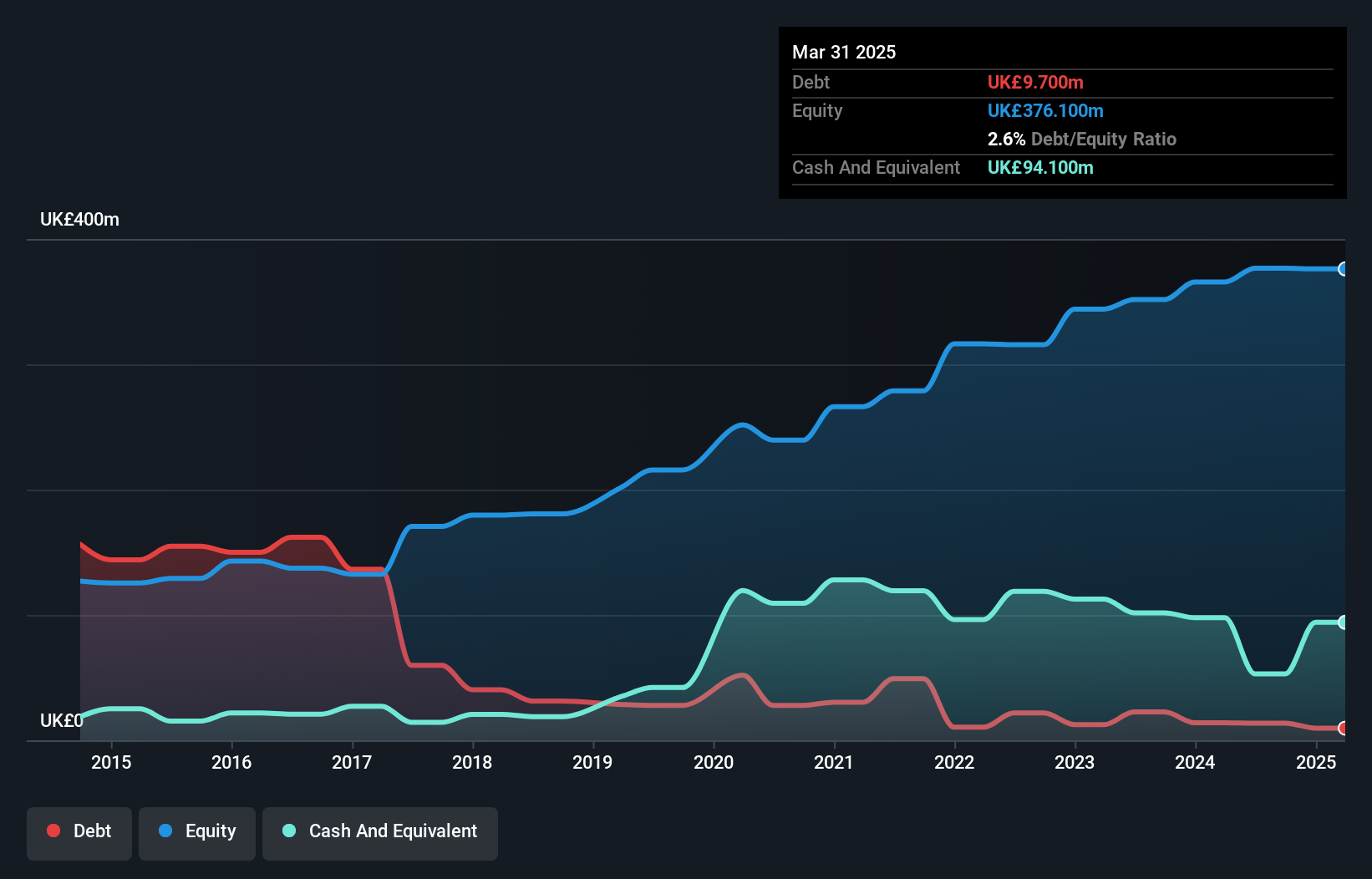Oxford Instruments (LON:OXIG) Seems To Use Debt Quite Sensibly

The external fund manager backed by Berkshire Hathaway's Charlie Munger, Li Lu, makes no bones about it when he says 'The biggest investment risk is not the volatility of prices, but whether you will suffer a permanent loss of capital.' It's only natural to consider a company's balance sheet when you examine how risky it is, since debt is often involved when a business collapses. Importantly, Oxford Instruments plc (LON:OXIG) does carry debt. But the real question is whether this debt is making the company risky.
When Is Debt Dangerous?
Debt is a tool to help businesses grow, but if a business is incapable of paying off its lenders, then it exists at their mercy. Ultimately, if the company can't fulfill its legal obligations to repay debt, shareholders could walk away with nothing. While that is not too common, we often do see indebted companies permanently diluting shareholders because lenders force them to raise capital at a distressed price. By replacing dilution, though, debt can be an extremely good tool for businesses that need capital to invest in growth at high rates of return. When we examine debt levels, we first consider both cash and debt levels, together.
What Is Oxford Instruments's Debt?
You can click the graphic below for the historical numbers, but it shows that Oxford Instruments had UK£9.70m of debt in March 2025, down from UK£14.0m, one year before. But it also has UK£94.1m in cash to offset that, meaning it has UK£84.4m net cash.

How Healthy Is Oxford Instruments' Balance Sheet?
We can see from the most recent balance sheet that Oxford Instruments had liabilities of UK£182.6m falling due within a year, and liabilities of UK£46.1m due beyond that. On the other hand, it had cash of UK£94.1m and UK£125.7m worth of receivables due within a year. So its liabilities outweigh the sum of its cash and (near-term) receivables by UK£8.90m.
This state of affairs indicates that Oxford Instruments' balance sheet looks quite solid, as its total liabilities are just about equal to its liquid assets. So it's very unlikely that the UK£1.03b company is short on cash, but still worth keeping an eye on the balance sheet. Despite its noteworthy liabilities, Oxford Instruments boasts net cash, so it's fair to say it does not have a heavy debt load!
View our latest analysis for Oxford Instruments
Also good is that Oxford Instruments grew its EBIT at 13% over the last year, further increasing its ability to manage debt. When analysing debt levels, the balance sheet is the obvious place to start. But it is future earnings, more than anything, that will determine Oxford Instruments's ability to maintain a healthy balance sheet going forward. So if you're focused on the future you can check out this free report showing analyst profit forecasts.
Finally, while the tax-man may adore accounting profits, lenders only accept cold hard cash. While Oxford Instruments has net cash on its balance sheet, it's still worth taking a look at its ability to convert earnings before interest and tax (EBIT) to free cash flow, to help us understand how quickly it is building (or eroding) that cash balance. Looking at the most recent three years, Oxford Instruments recorded free cash flow of 39% of its EBIT, which is weaker than we'd expect. That's not great, when it comes to paying down debt.
Summing Up
While it is always sensible to look at a company's total liabilities, it is very reassuring that Oxford Instruments has UK£84.4m in net cash. And it also grew its EBIT by 13% over the last year. So we don't have any problem with Oxford Instruments's use of debt. The balance sheet is clearly the area to focus on when you are analysing debt. However, not all investment risk resides within the balance sheet - far from it. For example - Oxford Instruments has 2 warning signs we think you should be aware of.
If, after all that, you're more interested in a fast growing company with a rock-solid balance sheet, then check out our list of net cash growth stocks without delay.
New: AI Stock Screener & Alerts
Our new AI Stock Screener scans the market every day to uncover opportunities.
• Dividend Powerhouses (3%+ Yield)
• Undervalued Small Caps with Insider Buying
• High growth Tech and AI Companies
Or build your own from over 50 metrics.
Have feedback on this article? Concerned about the content? Get in touch with us directly. Alternatively, email editorial-team (at) simplywallst.com.
This article by Simply Wall St is general in nature. We provide commentary based on historical data and analyst forecasts only using an unbiased methodology and our articles are not intended to be financial advice. It does not constitute a recommendation to buy or sell any stock, and does not take account of your objectives, or your financial situation. We aim to bring you long-term focused analysis driven by fundamental data. Note that our analysis may not factor in the latest price-sensitive company announcements or qualitative material. Simply Wall St has no position in any stocks mentioned.
About LSE:OXIG
Oxford Instruments
Oxford Instruments plc provide scientific technology products and services for academic and commercial organizations in the United Kingdom and internationally.
Flawless balance sheet and fair value.
Similar Companies
Market Insights
Community Narratives



